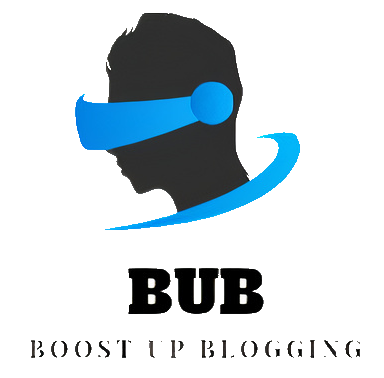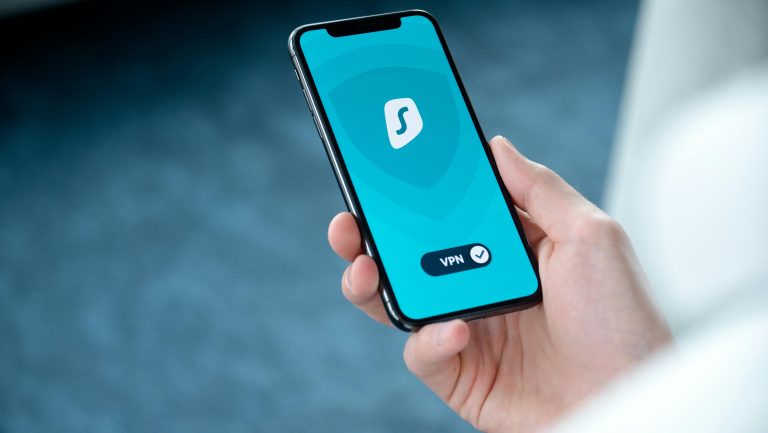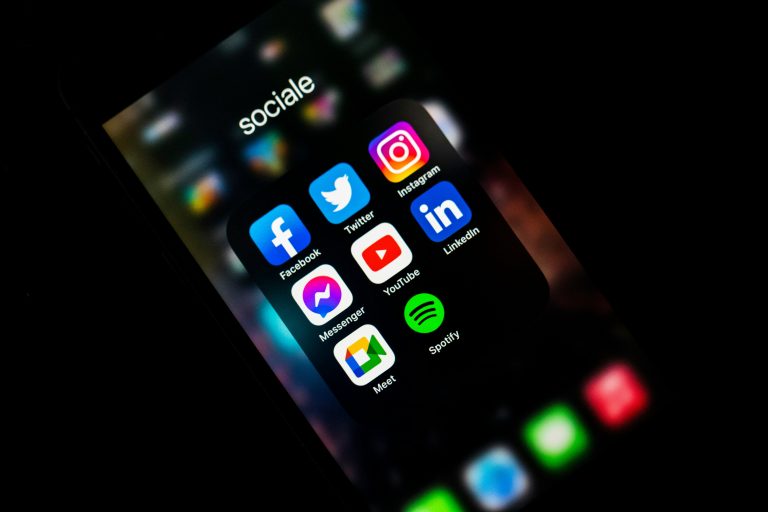Can I Use Logos Without Permission?
Logos are powerful symbols that represent a brand’s identity, values, and reputation. They serve as a visual shorthand for companies, products, and services. However, using logos without proper authorization can lead to legal consequences. In this article, we will explore the implications of using logos without permission and provide insights into trademark law.
The Importance of Trademark Protection
A trademark is a distinctive symbol, word, phrase, or design that identifies and distinguishes the source of goods or services. It provides legal protection to prevent others from using similar marks in a way that could potentially confuse consumers. Trademarks are vital for businesses as they help build brand recognition and trust in the market.
Using Logos: The Basics
When it comes to using logos, it’s important to understand that they are typically protected under trademark law. This means that the owner of the trademark has the exclusive right to use it in connection with their goods or services. Using someone else’s logo without permission can infringe on their rights and potentially lead to legal consequences.
Exceptions and Fair Use
There are certain exceptions and instances where using a logo without permission may be considered fair use. Fair use typically applies in cases where the use is for purposes such as commentary, criticism, news reporting, teaching, scholarship, or research. However, even in these cases, there are limits to what can be considered fair use, and it’s important to seek legal advice if you are unsure.
Parody and Satire
Parody and satire are forms of expression that often involve the use of recognizable logos or trademarks. Courts have recognized that these forms of expression may be protected under free speech rights. However, even in cases of parody or satire, it’s important to be cautious. The use should be transformative, meaning it adds a new meaning or message to the original logo, rather than simply using it for the same purpose as the original.
Licensing and Permission
The most straightforward way to use a logo legally is to obtain proper authorization from the trademark owner. This can be done through a licensing agreement, which grants you the right to use the logo design under specific terms and conditions. Licensing agreements often include details about the scope of use, duration, and any associated fees.
Public Domain and Expired Trademarks
Logos that are in the public domain or associated with expired trademarks may be used without permission. Public domain logos are those that are not protected by copyright or trademark law, either because they were never eligible for protection or because protection has expired. It’s important to verify the status of a logo before using it.
Unauthorized Use: Consequences
Using logos without permission can have serious consequences. The trademark owner may send a cease and desist letter, demanding that you stop using their logo. They may also pursue legal action, which could result in damages, injunctions, or other remedies. In some cases, unauthorized use of logos can lead to substantial financial liabilities.
In summary, using logos without permission can have legal ramifications, as logos are typically protected under trademark law. While there are exceptions for fair use, parody, and satire, it’s important to exercise caution and seek legal advice if you are uncertain about the legality of using a particular logo. Obtaining proper authorization through licensing agreements is the most reliable way to use logos legally and without risk.
Remember, respecting intellectual property rights not only helps maintain a fair and competitive business environment but also upholds the integrity and value of trademarks in the global marketplace.








